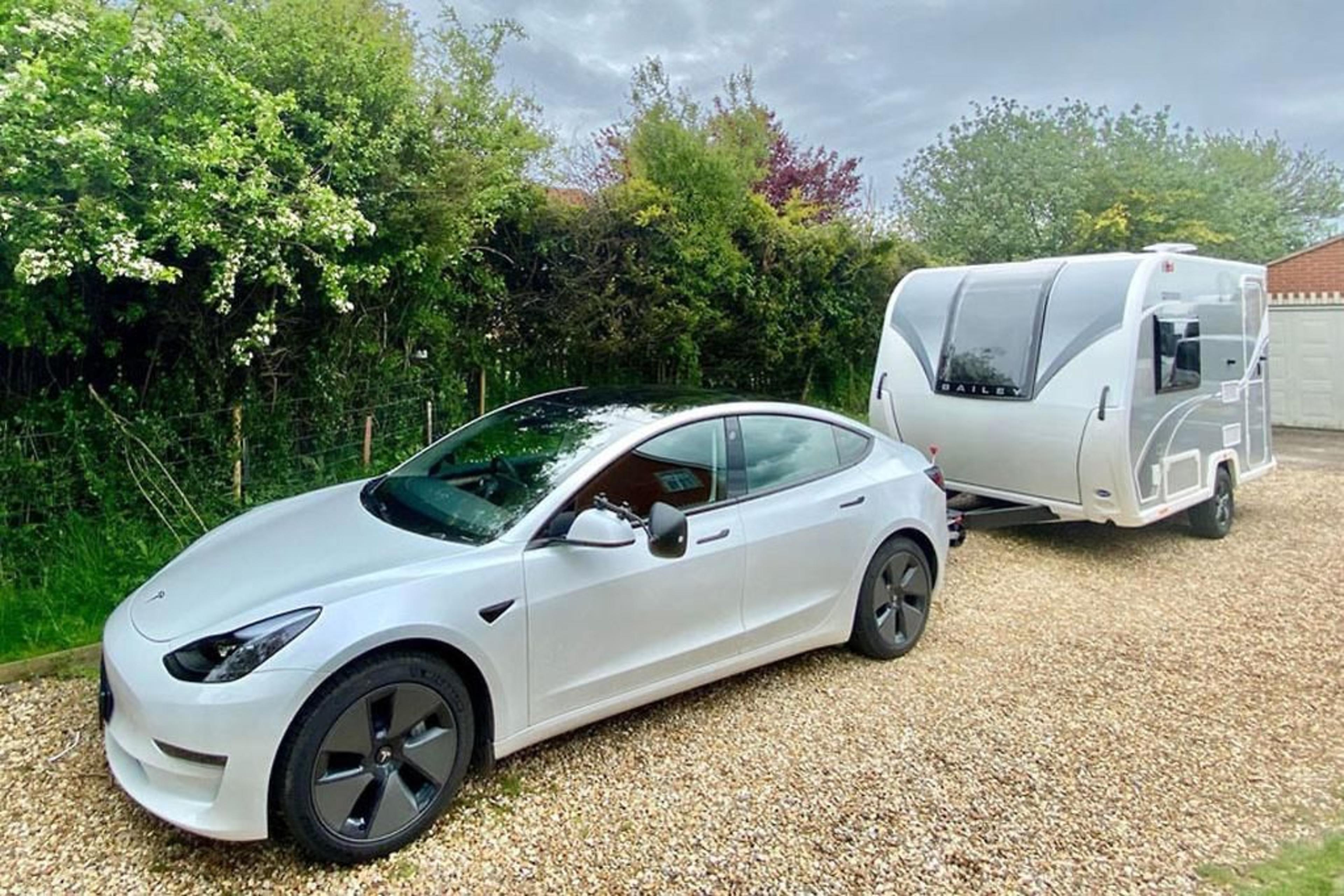Understanding Towing Capacity in the Tesla Model S

The Tesla Model S, known for its cutting-edge technology and electric powertrain, has redefined what we expect from a luxury sedan. However, when it comes to towing, electric vehicles (EVs) often stir up questions regarding capability, range impact, and overall performance. In this article, we'll explore the towing capacity of the Tesla Model S, how it compares with traditional internal combustion engine (ICE) vehicles, and what owners should consider when towing.
Towing Capacity: The Basics
Towing capacity refers to the maximum weight your vehicle can safely tow. It's crucial to adhere to this limit to ensure safety, prevent damage to your vehicle, and avoid legal issues. For electric vehicles like the Tesla Model S, towing capacity is not just about the weight; it also involves understanding how towing affects range and performance.
Tesla Model S Towing Capabilities
As of my last update, Tesla does not officially list a towing capacity for the Model S in the United States. This is primarily because the Model S is designed and marketed as a high-performance luxury sedan, with an emphasis on speed, range, and technology, rather than utility like towing. However, in some markets, such as Europe, Tesla has offered a tow hitch option for the Model S, indicating that the vehicle can handle some level of towing, subject to specific restrictions and guidelines.
The European version's tow hitch option suggests that the Model S could theoretically tow light to medium loads, such as small trailers, bikes, or even a small boat, with the appropriate equipment and within the specified weight limits. It's essential for owners to consult with Tesla or an authorized service provider for the most accurate and current information regarding towing capabilities and restrictions for their specific model year and configuration.
Impact of Towing on Electric Vehicles
Towing with an electric vehicle like the Tesla Model S introduces unique considerations, particularly regarding range. Towing increases the aerodynamic drag and overall weight the vehicle must move, leading to higher energy consumption. Owners can expect a reduction in the usual range when towing, the extent of which depends on factors like the weight of the towed load, terrain, and driving speed.
Planning is crucial for long trips with a trailer or loaded carrier. Owners should anticipate more frequent stops for charging and use route planning tools that account for the additional energy consumption while towing.
Tips for Towing with a Tesla Model S
1. Check Compatibility and Regulations: Ensure your Model S is equipped with the proper towing equipment and that you're in compliance with local regulations regarding towing with an electric vehicle.
2. Plan Your Route: Use Tesla's navigation system or third-party apps to plan routes with adequate charging stations. Consider the increased energy consumption and plan for additional charging stops.
3. Monitor Your Range: Keep an eye on your energy consumption and remaining range. Towing can significantly affect your vehicle's efficiency, so it's essential to adjust your expectations and plan accordingly.
4. Drive Conservatively: Towing requires a more cautious driving approach. Accelerate slowly, maintain a steady speed, and allow for increased stopping distances.
Conclusion
While the Tesla Model S may not be the first choice for heavy-duty towing, it demonstrates that electric vehicles can handle light to medium towing tasks with proper equipment and planning. As EV technology evolves, we can expect improvements in towing capabilities across the board. For now, Tesla Model S owners interested in towing should carefully consider their needs, prepare for the impact on range, and always adhere to safety guidelines and regulations.
